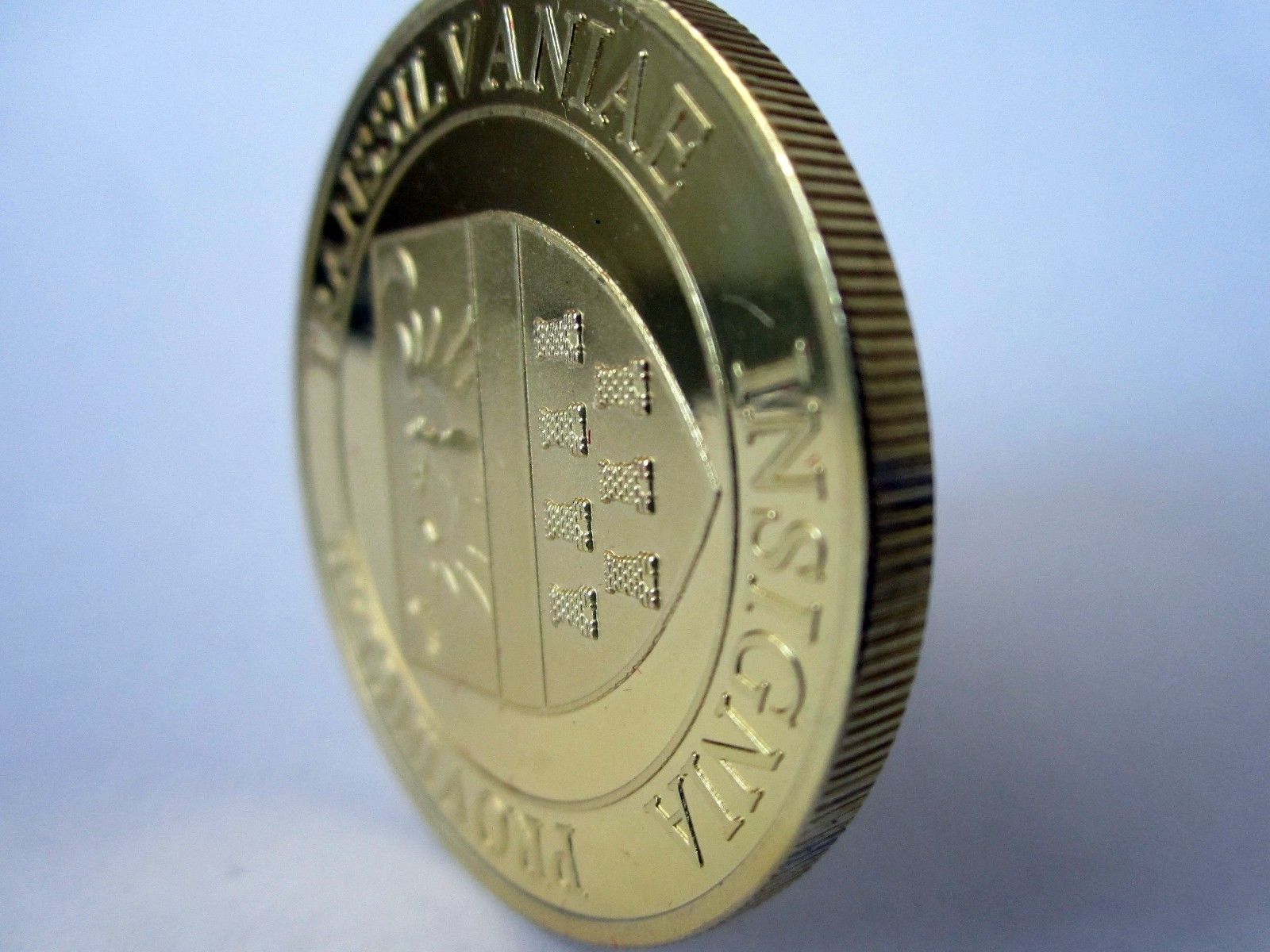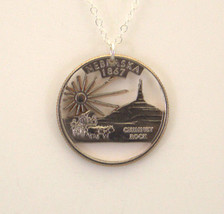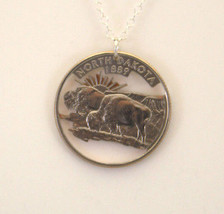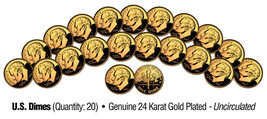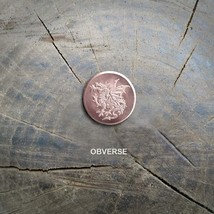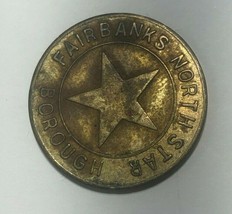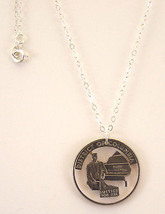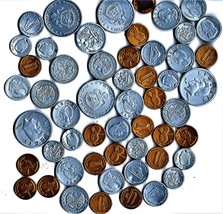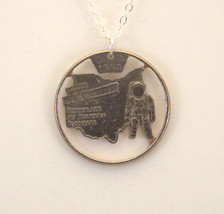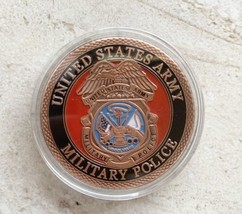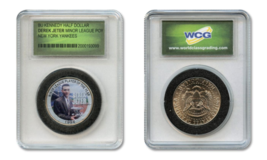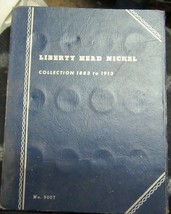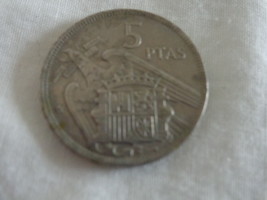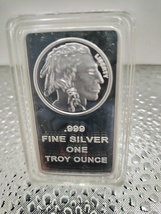Vampire Knight King Impaler Dracula Vlad III and 50 similar items
Vampire Knight King Impaler Dracula Vlad III Medal Coin History Romanian w/ Case
$24.02
View full item details »
Shipping options
Return policy
Full refund available within 30 days
Details
Purchase protection
Payment options
PayPal accepted
PayPal Credit accepted
Venmo accepted
PayPal, MasterCard, Visa, Discover, and American Express accepted
Maestro accepted
Amazon Pay accepted
Nuvei accepted
View full item details »
Shipping options
Return policy
Full refund available within 30 days
Details
Purchase protection
Payment options
PayPal accepted
PayPal Credit accepted
Venmo accepted
PayPal, MasterCard, Visa, Discover, and American Express accepted
Maestro accepted
Amazon Pay accepted
Nuvei accepted
Item traits
| Category: | |
|---|---|
| Quantity Available: |
3 in stock |
| Condition: |
Unspecified by seller, may be new. |
| Circulated/Uncirculated: |
Uncirculated |
| Country/Region of Manufacture: |
Romania |
| Material: |
bronze |
| Diameter: |
39,9 mm / 1.57 in |
| Weight: |
26 g / 0.91 oz / 0.057 lb |
Listing details
| Seller policies: | |
|---|---|
| Shipping discount: |
Items after first shipped at flat $10.00 |
| Posted for sale: |
More than a week ago |
| Item number: |
251891205 |
Item description
Features:
Diameter: 39,9 mm
Weight: 26 g / 0.91 oz / 0.057 lb
Material: bronze
Protection: plastic capsule
Storage box included
The rugged Transylvanian Alps provide one of the most spectacular landscapes in Europe. Hawks soar around the craggy, snow-covered peaks, while bears and chamois take refuge in the dense forests below. Medieval villages and the ruins of once-proud castles can abruptly materialize through the mist, as if daring outsiders to uncover their secrets.
Transylvania also produced a leader known as a defender of the Christian faith, a Romanian hero, and a subhuman monster. His name was Prince Vlad, but the world knows him by his nickname: Dracula.
The Order of the Dragon
Vlad, or Dracula, was born in 1431 in Transylvania into a noble family. His father was called "Dracul," meaning "dragon" or "devil" in Romanian because he belonged to the Order of the Dragon, which fought the Muslim Ottoman Empire.
"Dracula" means "son of Dracul" in Romanian. Therefore young Vlad was "son of the dragon" or "son of the devil." Scholars believe this was the beginning of the legend that Dracula was a vampire.
Warrior in Chains
Dracula lived in a time of constant war. Transylvania was at the frontier of two great empires: the Ottoman Turks and the Austrian Hapsburgs. Treachery, vindictiveness, and revenge ruled the day, as young Dracula soon discovered.
Dracula was imprisoned, first by the Turks, who hauled him away in chains, and later by the Hungarians. Dracula's father was murdered, while his older brother, Mircea, was blinded with red-hot iron stakes and buried alive.
Vlad the Impaler
From 1448 until his death in 1476, Dracula ruled Walachia and Transylvania, both part of Romania today. Twice he lost and reclaimed his throne, once by fighting his own brother, Radu. Although the Vatican once praised him for defending Christianity, it disapproved of his methods, which soon became infamous.
Dracula earned another nickname, "Vlad Tepes" (pronounced tsep-pesh), which means "Vlad the Impaler." Dracula's favorite method of torture was to impale people and leave them to writhe in agony, often for days. As a warning to others, the bodies would remain on rods as vultures and blackbirds nibbled the rotting flesh.
During one battle, Dracula retreated into nearby mountains, impaling people as he went. The Turkish advance was halted because the sultan could not bear the stench from the decaying corpses.
Another time, Dracula was reported to have eaten a meal on a table set up outside amidst hundreds of impaled victims. On occasion he was also reported to have eaten bread dipped in blood.
Defender of the Faith
At that time it was believed that religious charity, and a proper burial, would erase sin and allow entry to heaven. Dracula surrounded himself with priests and monks and founded five monasteries. Over a period of 150 years, his family established 50 monasteries.
Killed in December 1476 fighting the Turks near Bucharest, Romania, Dracula's head was cut off and displayed in Constantinople.
The Corpse Disappears
Dracula was buried at the isolated Snagov Monastery near Bucharest, which was also likely used as a prison and torture chamber. When prisoners prayed before an icon of the Blessed Virgin, a trap door opened dropping them onto sharp stakes below.
In 1931 archaeologists searching Snagov found a casket partially covered in a purple shroud embroidered with gold. The skeleton inside was covered with pieces of faded silk brocade, similar to a shirt depicted in an old painting of Dracula.
The casket also contained a cloisonné crown, with turquoise stones. A ring, similar to those worn by the Order of the Dragon, was sewn into a shirtsleeve.
The contents were taken to the History Museum in Bucharest but have since disappeared without a trace, leaving the mysteries of the real Prince Dracula unanswered.
|
Why are we showing these items?
Search Results
Coin, other"coin" Category "Other"
Circulated/Uncirculated
Circulated/Uncirculated
Country/Region of Manufacture
|

-
Refine your browsing experience
We can show you more items that are exactly like the original item, or we can show you items that are similar in spirit. By default we show you a mix.
This item has been added to your cart
 Vampire Knight King Impaler Dracula Vlad III Medal Coin History Romanian w/ Case added to cart.
3 available in stock
Vampire Knight King Impaler Dracula Vlad III Medal Coin History Romanian w/ Case added to cart.
3 available in stock
View Cart or continue shopping.
 Please wait while we finish adding this item to your cart.
Please wait while we finish adding this item to your cart.
Get an item reminder
We'll email you a link to your item now and follow up with a single reminder (if you'd like one). That's it! No spam, no hassle.
Already have an account?
Log in and add this item to your wish list.



















